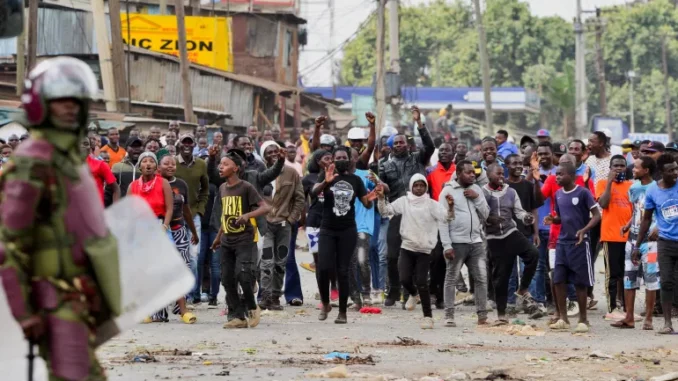
In a dramatic turn of events, Kenya’s President William Ruto has announced the withdrawal of a contentious finance bill following widespread and violent protests that left at least 22 people dead. The decision marks a significant concession from the government in the face of intense public pressure.
The proposed legislation, which included unpopular tax hikes, sparked the largest demonstrations since Ruto’s election in 2022. Protesters stormed parliament, setting parts of the complex ablaze and stealing the ceremonial mace. Initially, Ruto responded with a hard-line stance, deploying the military to quell the unrest.
However, in a surprising about-face, Ruto acknowledged the clear message from Kenyans rejecting the bill. He emphasized the original intent to address Kenya’s massive $80 billion debt burden but conceded that public opinion had prevailed.
The president’s climbdown has been widely interpreted as a victory for Kenya’s youth, who were at the forefront of the protests. However, uncertainty remains about planned future demonstrations, with some protesters now calling for Ruto’s resignation.
This crisis presents a significant challenge to Ruto’s leadership, who came to power promising economic reforms and a “bottom-up” approach to benefit the less fortunate. As Kenya grapples with high unemployment and economic struggles, the government now faces the task of finding alternative solutions to its financial challenges while addressing growing public discontent.
